What is behind the different types of ice cream?
There is many different kinds of ice creamsuch as milk ice cream, sorbet or soft ice cream. In the following I would like to give you a little insight, so that you in the Confusion of terms keep the overview. There are also differences between the individual countries. In this article I will refer to the Definition in Germany and the publications issued by the German Federal Ministry of Food and Agriculture. "Guidelines for ice cream" (as at 29.11.2016).
If you want to know it in detail, you can of course read the 10-page PDF document yourself. But I think my contribution is clearer. Besides, this is about ice cream marketed. That means the document refers to ice cream that is sold.
With homemade ice cream, of course, we have all the freedom we could want and what we call it doesn't really matter. But if you are looking for Packages in the supermarket or in the Ice cream parlor the names of the ice cream varieties lest, they should be read in accordance with the Rules named be.
The two main distinguishing features are the Basic ingredients and the Preparation method. Let's start with the breakdown by base ingredient. Here we distinguish between a base on milk or fruit or non-dairy ingredient.
Content
Milk-based ice cream varieties
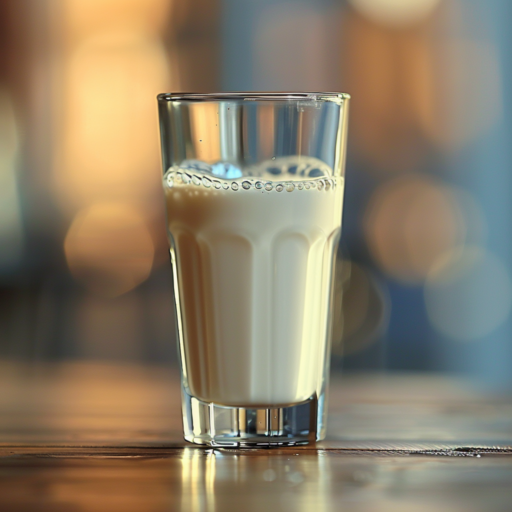
| Milk ice cream | has a Milk content of at least 70%, is modified with various additives and is the most common variety |
| Ice cream | is made from cream, contains at least 18% Milk fat content and is therefore particularly creamy |
| Cream ice cream | Contains at least 50% Milk and a significant proportion Egg (90 g egg yolk or 270 g whole egg per litre of milk), no water is used |
| Ice cream | Contains at least 10% Milk fat and is mostly industrially produced |
| Yoghurt ice cream (frozen yogurt) | consists of more than 35% Yoghurt and thus has a slightly acidic note |
Ice cream on another basis (e.g. fruit)
| Fruit ice cream | has at least 20% Fruit content, for citrus fruits or other acidic fruits (e.g. passion fruit), the proportion can be lowered to 10% |
| Sorbet (Sorbetto, Sorbeto) | Contains at least 25% Fruit content, for citrus at least 15%; for vegetables, the level can be reduced from 25% to 10% for certain vegetables (e.g. very intensive); there are also other varieties, whereby the main ingredient, the sorbet, gives the name to the sorbet (e.g. champagne sorbet); it may Protein be added; however, it may no milk or cream be present |
| Nut ice cream | Contains at least 5% Nuts/seeds |
| Fruit ice cream | is a mixture of fruit and milk ice cream; however, the main ingredient is fruit and there must be a distinct fruit flavour be recognizable; furthermore, it contains at least 8 % Milk fat |
Combinations of designations
To make the whole thing a bit more complicated, there can of course be combinations of these designations. For example Raspberry ice cream have a minimum fruit content of 20% according to the specifications of fruit ice cream. A Raspberry cream ice cream in addition, at least 18% milk fat content to be considered cream ice cream. A Raspberry yoghurt ice cream must contain at least 35% yogurt in addition to the fruit content. I think you have understood the principle
However, according to the definition, what cannot exist is a raspberry sorbet cream, as sorbet must not contain milk.
Ice creams with special production
Soft ice cream
This is an invention of the 20th century and an ice cream with a very soft consistency. Many people appreciate this creaminess, which is mainly due to the high air supply arises. This is achieved by placing the ice in a special Soft ice cream machine is tapped into the wafer via a device and air is added in the process. The tapping spout results in the typical vortex shape.
Especially often you get the flavors Vanilla and chocolate. But there are now stands that offer many different varieties - including fruit varieties.
Parfait
The word comes from the French and means "perfect". Parfaits consist mainly of Egg yolk with sugar and cream. Here, the proportion of cream is very large, which creates a mousse-like consistency. The ice cream mass is frozen without stirring. The resulting fine crystalline structure is characteristic and so desired. One can use different Layers Build up by freezing them one after the other.
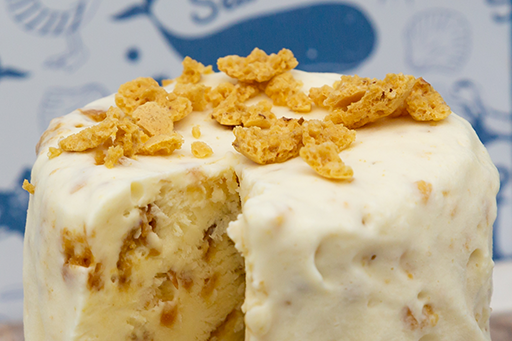
Granite or granita
It is similar to a Sorbet with larger ice crystals and thus coarser. As a rule, it consists of Sugar, fruit and liquid. The mass is placed in the freezer and stirred regularly with a fork. Here, only one fork is used on purpose, so that large ice crystals are formed.
Other types of ice cream
Water ice
Consists, as the name suggests, mainly of Water. In addition Zochre and various flavours, possibly also colorants. Popsicles are very often water ice. It is usually produced industrially, but can also be very easy to make yourself.
Sherbet
This type of ice cream is rather unknown in German-speaking countries. It is a Sorbet versionwho also Milk contains. This creates a lighter alternative to conventional milk ice cream and a creamier variant to the widespread sorbet.
A final word of advice
You should always be careful when "Ice cream with ... flavor" reads, for example Strawberry flavoured milk ice cream. You can probably already think for yourself that here the taste is mainly due to the addition of Flavours is achieved. Such an ice cream can, but does not have to contain fruit ingredients. Personally, I would leave the fingers from such ice cream.
I hope you can now better find your way in the naming jungle of ice cream varieties in the future.
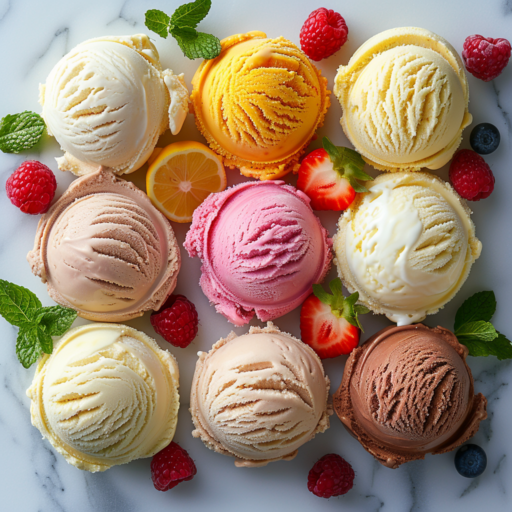
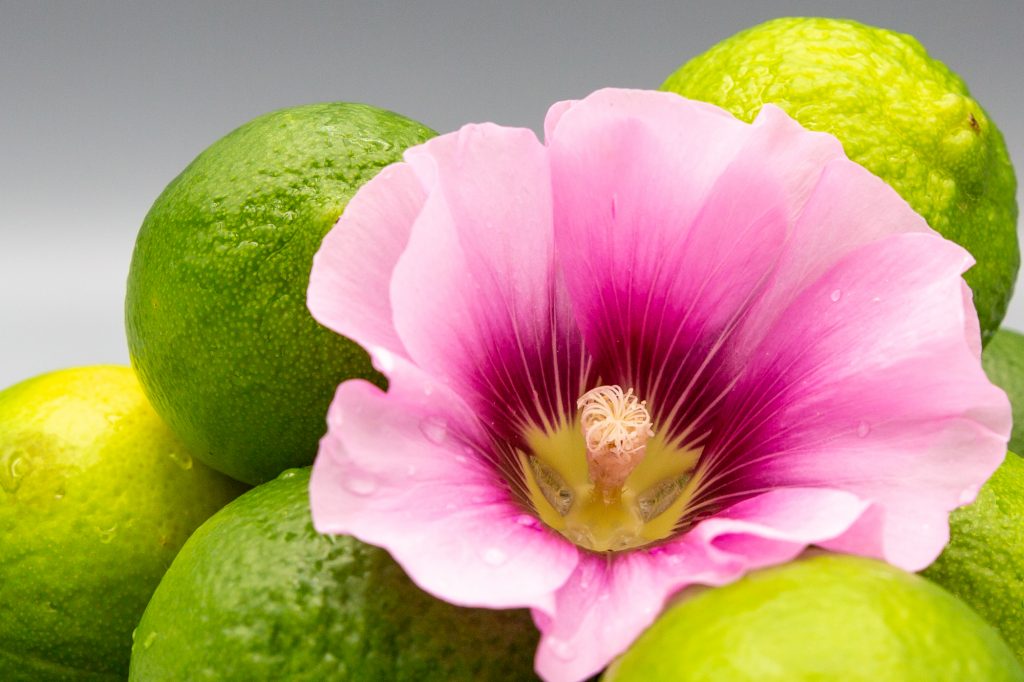

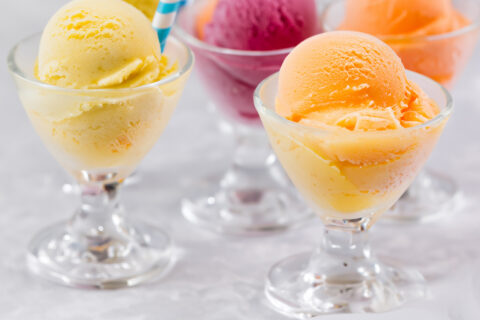
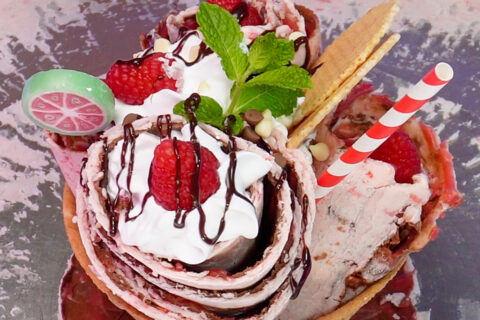

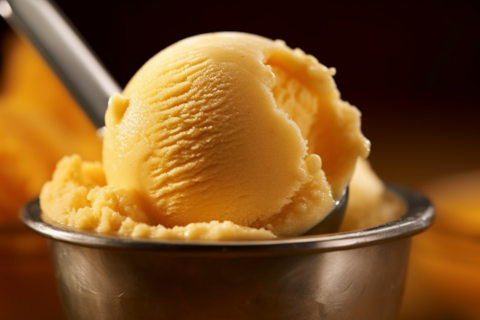
Leave a Reply